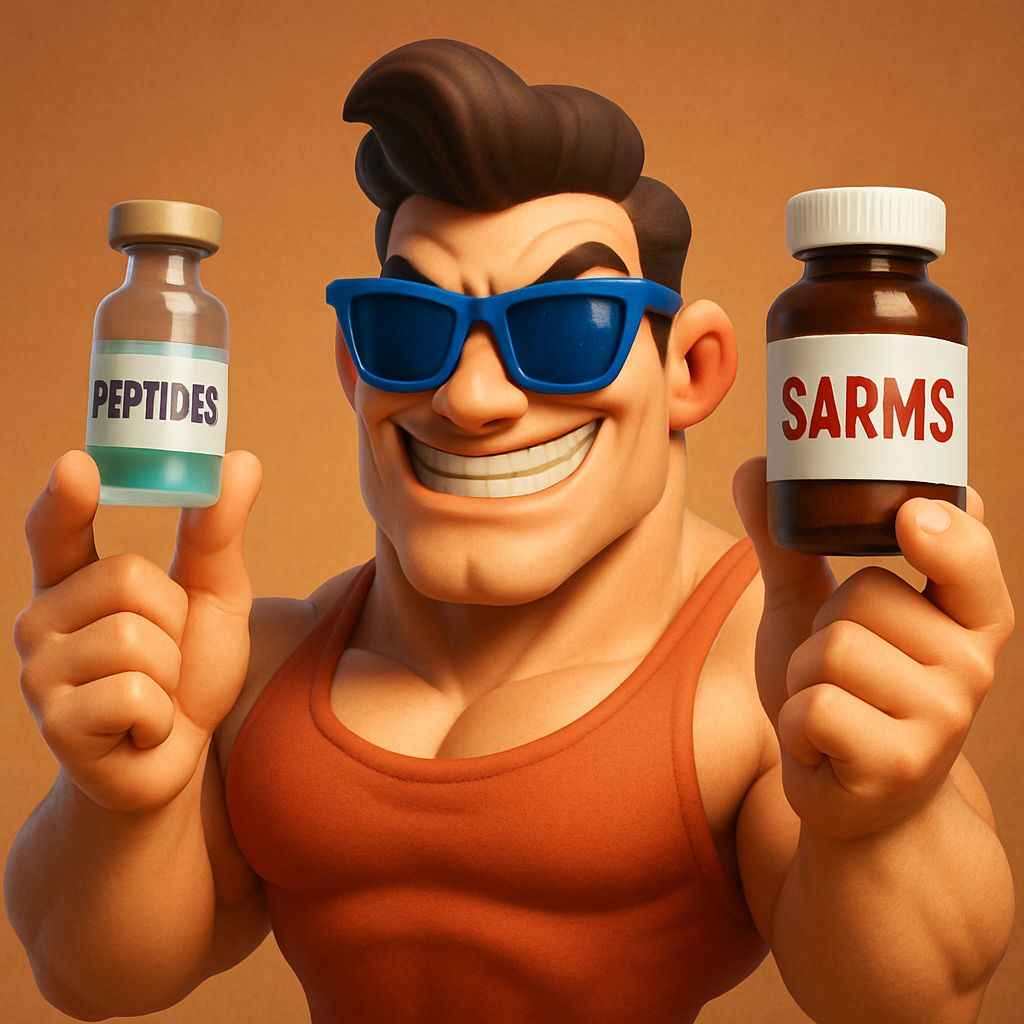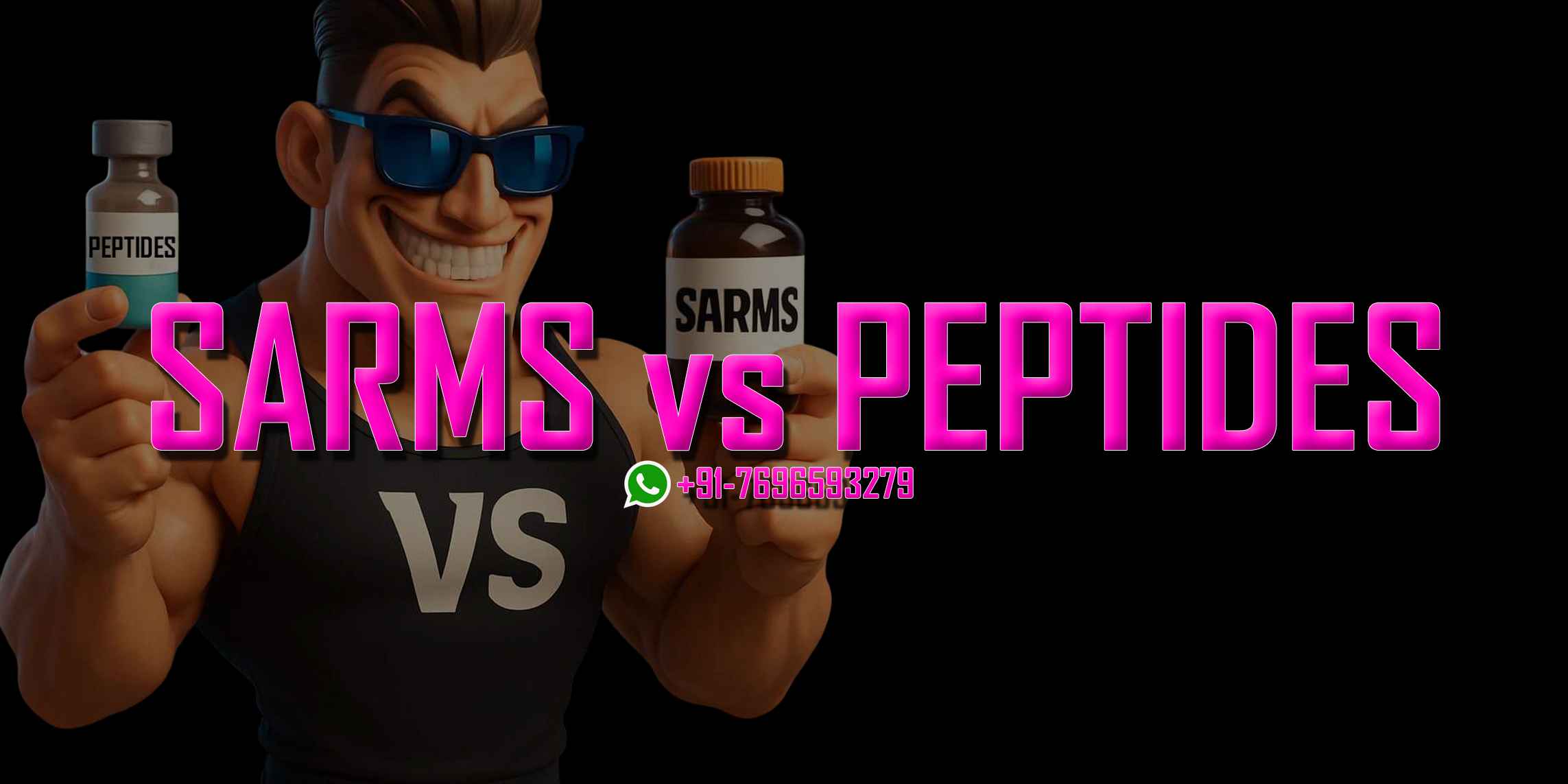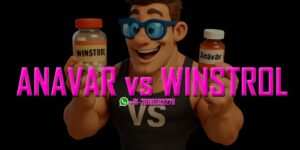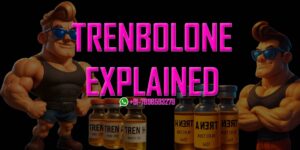Why Muscle Retention Matters More Than Just Gains
SARMs vs Peptides is one of the most debated topics in bodybuilding, especially when it comes to maintaining lean muscle after a cycle. Anyone can gain size with the right compounds, but the real challenge begins after the gains—how much muscle you can actually retain.
Muscle retention is often overlooked, especially by beginners who are hyper-focused on bulking or cutting phases. The harsh truth? If you don’t prioritize retention, you’ll likely lose a significant portion of your gains within weeks—along with your motivation.
In the pursuit of preserving muscle long-term, athletes often turn to two powerful tools: SARMs (Selective Androgen Receptor Modulators) and Peptides. But which one is actually better for sustaining muscle post-cycle and keeping your body anabolic even when you’re off compounds? MK-677 Benefits – Muscle Growth, Fat Loss & Sleep Guide 2025
Let’s break it down.
What Is Muscle Retention?
Muscle retention refers to your body’s ability to maintain lean muscle mass in a post-anabolic or recovery phase—especially during calorie deficits, de-training periods, or after hormonal suppression.
This is critical for:
- Avoiding the dreaded “yo-yo bulk and cut” cycle
- Maintaining aesthetic physique year-round
- Protecting performance and metabolic health
- Reducing risk of muscle injuries from sudden loss
Why Most Cycles Fail to Preserve Muscle
Here’s where most people go wrong:
- They focus only on gains, not recovery.
- They end a cycle without proper tapering or post-cycle therapy (PCT).
- They don’t manage cortisol and other catabolic hormones post-cycle.
- They ignore support compounds like peptides or GH boosters that help with tissue healing and anabolic balance.
This causes a hormonal crash—low testosterone, high cortisol, reduced IGF-1, leading to muscle atrophy, increased fat storage, poor mood, and slow recovery.
SARMs Explained – Key Role in the SARMs vs Peptides Debate

SARMs are lab-designed compounds that mimic the effects of anabolic steroids by binding to androgen receptors in muscle and bone. Unlike steroids, they don’t convert into DHT or estrogen as strongly, which means fewer androgenic side effects (like hair loss or gynecomastia). When comparing SARMs vs Peptides, SARMs typically deliver faster muscle gains but may come with more suppression and post-cycle challenges.
How SARMs Work in the Body
SARMs selectively activate anabolic pathways without overstimulating reproductive tissues (like the prostate). This makes them ideal for targeted muscle growth. Best SARMs for Muscle Growth in 2025 (Dosage, Cycle & Results)
But SARMs are still suppressive to your natural testosterone. That means after the cycle, your body might need weeks or months to fully recover hormone balance—unless you support it with PCT or recovery peptides.
Top SARMs for Muscle Retention
Ostarine (MK-2866):
Known for its mild nature and excellent joint and muscle preservation. Often used during cutting or bridge cycles.
LGD-4033 (Ligandrol):
A stronger compound that promotes dense, hard muscle with some water retention. Great for both bulking and maintaining lean mass.
YK-11:
Not a true SARM, but a myostatin inhibitor. Helps you hold dry gains and avoid losing size after cycle, but comes with stronger suppression.
What Are Peptides and How Do They Compete with SARMs?

Peptides are short chains of amino acids that trigger the release of growth factors or aid in cell regeneration, healing, and hormonal balance. Many peptides stimulate the pituitary gland to produce more growth hormone (GH) or improve tissue recovery.
Unlike SARMs, peptides are not suppressive, which makes them excellent for long-term cycles or post-cycle support.
How Peptides Help Retain Muscle
- Boost natural GH and IGF-1 levels, which help preserve lean tissue
- Enhance recovery from intense training or injury
- Regulate metabolism and fat burning, especially during calorie deficits
- Improve deep sleep, which is critical for muscle repair and growth hormone release
Top Peptides for Muscle Retention
CJC-1295 + Ipamorelin:
Work synergistically to release natural growth hormone without desensitizing the pituitary. Known for lean gains and fat loss over time.
BPC-157:
A body-healing peptide that helps muscle and joint recovery. Keeps your body in an anabolic state after intense training or SARM cycles.
TB-500:
Supports muscle fiber regeneration and connective tissue healing, helping athletes stay anabolic even when not lifting heavy.
SARMs vs Peptides – A Side-by-Side Comparison
To understand the key differences between SARMs vs Peptides, here’s a detailed side-by-side breakdown.
| Feature | SARMs | Peptides |
|---|---|---|
| Mechanism | Androgen receptor activation | GH/IGF-1 stimulation, healing |
| Speed of Gains | Fast (2–4 weeks) | Slow, steady (6–12 weeks) |
| Muscle Retention | Good (if PCT is done right) | Excellent (especially with GH peptides) |
| Suppression Risk | High | None to very low |
| Recovery Role | Needs PCT | Supports PCT |
| Legal Status | Research only (grey market) | Some legal for research use |
| User Experience | More side effects | Smoother recovery, better sleep |
SARMs vs Peptides: Which Is Better for Long-Term Retention?

SARMs Are Better If:
- You need rapid gains
- You can manage post-cycle therapy
- You’re okay with short-term hormonal suppression
Peptides Are Better If:
- You want safe, long-term retention
- You’re recovering from a cutting cycle or injury
- You prefer natural GH and healing pathways
Real-World Strategy: Stack Smart, Recover Smarter
Some elite athletes use both:
- SARMs for size
- Peptides post-cycle to preserve gains, improve sleep, and heal tissues
Example:
Run LGD-4033 for 6 weeks, followed by CJC-1295 + TB-500 for 4–6 weeks to lock in your gains.
SARMs vs Peptides Cycles for Different Goals
Goal: Lean Muscle Retention (After Cutting)
SARMs Stack:
- Ostarine (MK-2866): 20 mg/day (8 weeks)
- PCT: Nolvadex 20 mg/day (2 weeks)
Peptides Stack:
- CJC-1295 + Ipamorelin: 100 mcg each, 5x/week
- BPC-157: 250–500 mcg/day (2 weeks)
Goal: Bulking with Retention Support
SARMs Stack:
- LGD-4033: 10 mg/day
- YK-11: 5 mg/day (6 weeks)
- PCT: Clomid or Nolva (4 weeks)
Peptide Add-ons:
- TB-500: 2 mg/week
- MK-677 (optional hybrid): 25 mg/day for GH/IGF-1 support
Goal: Natural Retention and Healing
Peptide-Only Stack (Non-Suppressive):
- BPC-157: 500 mcg/day (injury + healing support)
- TB-500: 2 mg/week
- CJC-1295: 100 mcg/day
- Great for bridging between cycles or natural lifters
Final Thoughts – SARMs vs Peptides: Which Should You Choose?
In the end, SARMs vs Peptides is not a one-size-fits-all debate. It depends on your goals, experience level, and how well you recover post-cycle.
Use SARMs to build. Use peptides to preserve. That’s how you stay anabolic, functional, and aesthetic all year long.
Disclaimer
This article is for educational purposes only. SARMs and peptides are research chemicals and not approved for human consumption outside of clinical trials. Always consult a licensed physician before beginning any performance-enhancing protocol.
What to Read Next
Anabolic VS Natural Bodybuilding? Which One Wins?
Best Legal Anabolic Steroids for Bulking
RAD 140 vs LGD 4033: Which SARM Is Better for Mass?
Best Supplements for Muscle Growth: A Complete Guide (2025)




